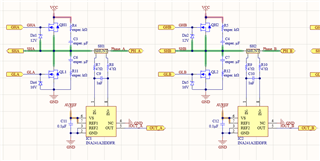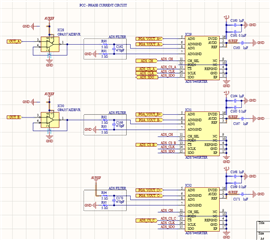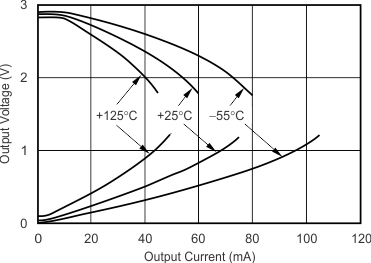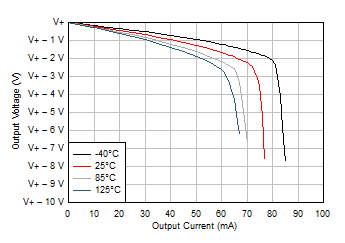Other Parts Discussed in Thread: REF3030, , TLV9101, OPA310
Hello,
I'm using an OPA357AIDBVR (IC18) to buffer a REF3030 chip. Below I show all the circuits that have interface with the AVREF:



The problem: the AVREF should follow the positive input voltage of the OPA357AIDBVR, therefore AVREF should be 3V, but actually the measured voltage in AVREF is around 2.66V instead of 3V in the real circuit.
When I desolder the OPA357AIDBVR (IC18) and connect AVREF to 3V3 bus, everything works ok.
Using TINA, it shows the output's expected behave, with a 3k Ohm resistor put to simulate the load (around 3k5 Ohm):


Why is this so different from reality? I've changed the OPA for another brand new one and got the same result. Could you tell what should be the problem here?
Regards.



